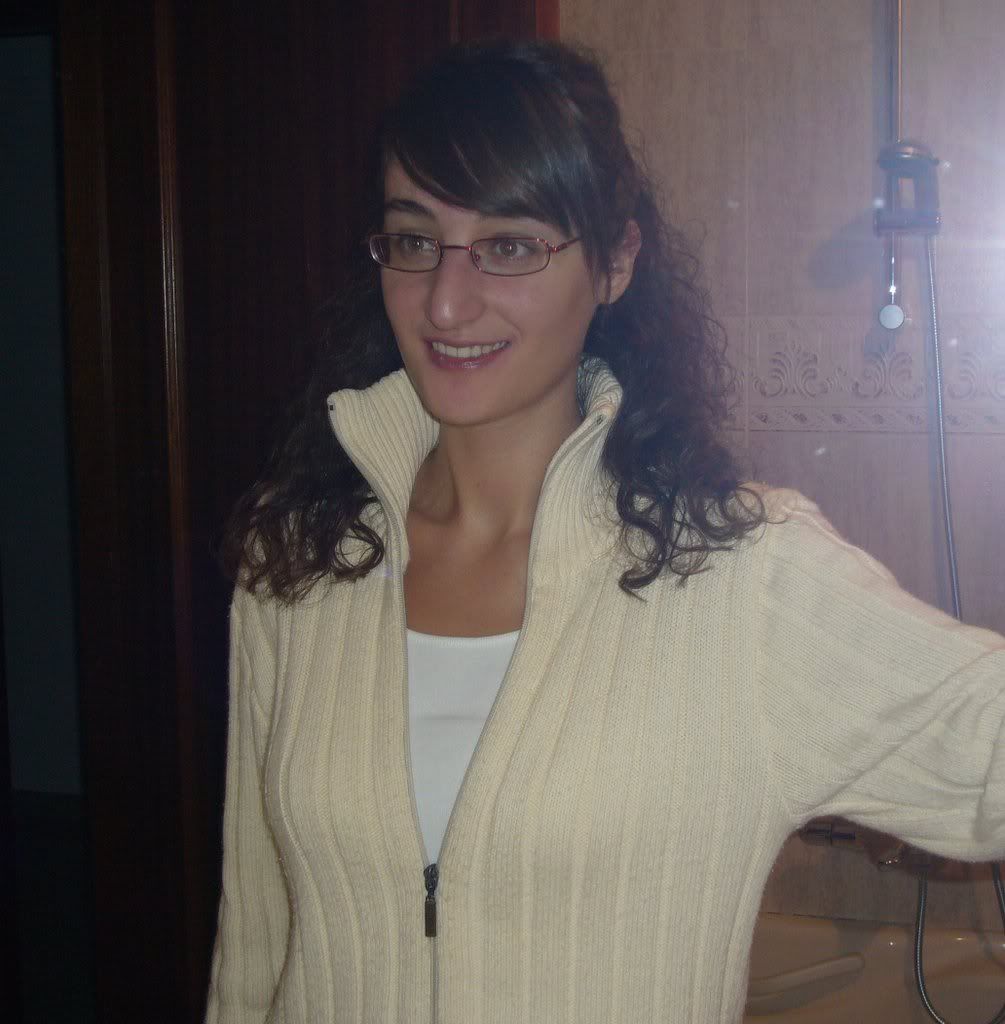Some days ago (the 19th of May) we did an excursion together with the Computation Department of our university (UdL). The reason of this event was to visit the "Mare Nostrum" of BSC (Barcelona Supercomputing Center). Firstly, it was only proposed for the PhD students, as I understood, but the professors announced it to other students so we can take part! :D

So at 10:00 a.m. we were in front of the "UPC's Nord Campus" in order to start the visit to the super computer that IBM mounted in its installations. We did two groups (the fisrt of them was captained by Sisco Solsona and Josep Lluís Lérida and the second one by Sisco Giné and Marga Moltó) and when we took our turn we entered into a chapel turned into a modern building dedicated to the science (I was fascinated by that mixture, the integration is really well done).
The responsible guiding us made a very interesting conference larger than normally because we did not have hurry (the visit take 1 hour and 45 minutes but the typical visits last 45 minutes!!). That way, we could see how the "Mare Nostrum"'s motherboards are (two CPUs dual core 2.3 GHz with 8GB of RAM and 40 GB of local hard disc where there was the O.S. - Suse Linux) and how they are connected to each other (there are 2500 motherboards/PCs!!) with optical fiber (65 km!) and Ethernet 10/100 (they have a set of 64 PCs connected to the outdoors to allow the users making proves). In addition, we had luck and we could see a system controller opened because there was two technician checking the super computer performance. Furthermore, we could also observe the impressive refrigeration system used to get a right temperature inside the space occupied by the "beast".

After visiting the "hardware" we were informed about the activites that uses the parallel computing offered by BSC. The UPC has the right over the use of the 20% of the machine. The other 80% is used by scientific projects dealing with a high variety of themes (medical ones, climate, astronimic...). On the other hand, the super computer is updated every 4 years. A net of super computers has been build with the old "Mare Nostrum"'s hardware pieces between different Spanish universities. This allows to balance the load of the projects taking into acount the number of CPUs needed by each of them.
In the same conference we were explained that they are making proves to decide how the new update has to be done. The researches are studiing the performance of the PS3 motherboard (cell) and if they can work properly connected to eahc other. Some other branches are studiing the computation using graphic cards...
Finishing the visit we saw the statistics of the world super computers. The BSC "Mare Nostrum" is in the 13th place (its a good one!) and in the first position there is a EEUU moster that is impossible to overcome (it would be as making the comparison between The Earth and the Sun)!
Finally, we walked through the museum of old racks (a set of cupboars that seems like fridges and paper containers), some enormous boxes that had nearly no computation capacity!

Once we ended the visit we have some free time in Barcelona until 17:00 p.m. when the bus took us again to Lleida. When we arrived, we went to a conference of "Start-Ups". We could only listen the last 30 minuts but it was very interesting.
Trabber.com was born from a little idea and grew till it became a profitable deal. Oscar Frías told us that the most important is not a great idea but finding a need and making little updates into your program.
To sum up, the day was veru interesting and fascinating. I want to thank your professors the opportunity of join the excursion and the conference of Frías!

Cap comentari:
Publica un comentari a l'entrada